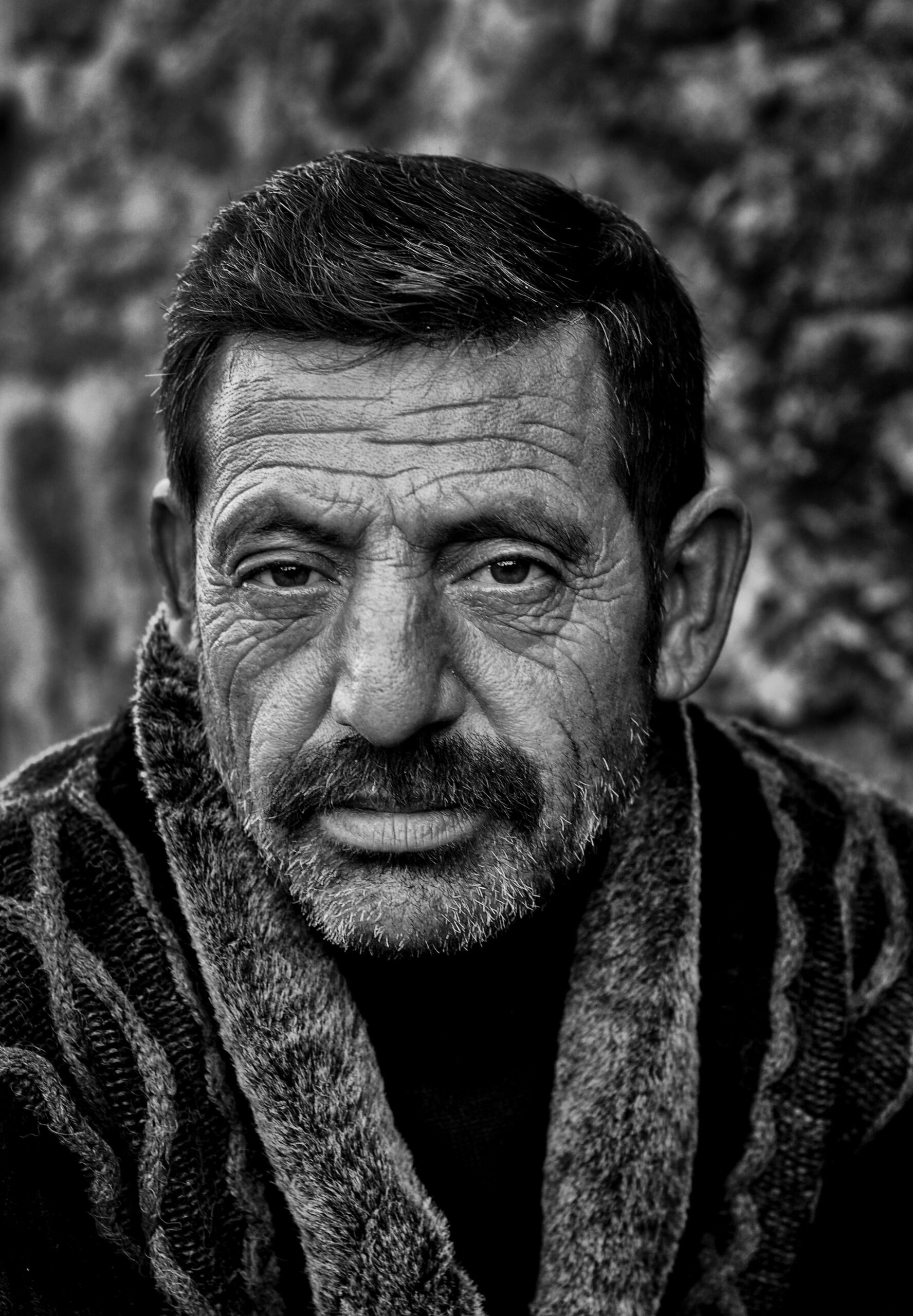For as long as humans have walked the earth, death has been both our greatest fear and our most unyielding certainty. Every culture has grappled with the question of mortality, weaving myths, religions, and philosophies around the reality that life inevitably ends. From the ancient quest for the Fountain of Youth to the alchemists’ obsession with the Elixir of Life, humanity has never stopped dreaming of cheating death. Today, however, this dream is no longer confined to myth or metaphor. Scientists, futurists, and visionaries are asking in earnest: could human beings live for a thousand years?
The thought itself is staggering. A millennium-long life would mean witnessing entire epochs of history unfold through a single pair of eyes. It would mean seeing empires rise and fall, cultures transform, and technologies advance beyond our wildest imagination. Yet the idea is not merely poetic or fantastical. With modern science uncovering the mechanisms of aging at the molecular level, and technology advancing at an unprecedented pace, the question has shifted from “Can we?” to “When will we?” and “Should we?”
To explore this possibility, one must journey into the frontiers of biology, medicine, and technology, while also confronting profound philosophical and ethical questions. To live for a thousand years would not simply mean adding centuries to the human calendar; it would mean redefining what it means to be human at all.
The Biology of Aging
At the heart of the quest for extended life lies the science of aging itself. For centuries, aging was accepted as an inevitable process, a slow decline that no medicine could prevent. But modern research suggests that aging is not simply the accumulation of years—it is a biological process governed by specific mechanisms that can, in principle, be altered.
One key player is the shortening of telomeres, the protective caps at the ends of our chromosomes. Each time a cell divides, its telomeres grow shorter, until eventually the cell can no longer replicate and enters a state of senescence. This cellular “aging clock” is one reason our bodies gradually lose their ability to repair themselves. Scientists have found ways to lengthen telomeres in laboratory conditions, sparking hope that we could one day reset this clock in humans.
Mitochondria, the tiny power plants within our cells, are another culprit. Over time, they accumulate damage, leading to decreased energy production and increased cellular dysfunction. Similarly, the buildup of damaged proteins, DNA mutations, and the decline of stem cell function contribute to the aging process. Each of these factors chips away at the body’s resilience, eventually tipping the balance toward frailty, disease, and death.
What is most striking about these discoveries is that none of them point to aging as an immutable law of nature. Rather, aging appears as a series of fixable problems. If we can repair DNA damage, rejuvenate stem cells, clear out senescent cells, and restore mitochondrial function, we might extend life dramatically. Not just by a few decades, but perhaps by centuries.
The Science of Longevity
Already, scientists are testing ways to slow, stop, and even reverse aspects of aging. Caloric restriction, for instance, has been shown to extend lifespan in numerous organisms, from worms to primates. Drugs such as rapamycin and metformin are being studied for their ability to mimic these effects in humans, improving healthspan—the years of life free from disease.
Another breakthrough area is senolytics, drugs designed to selectively destroy senescent cells. By clearing out these dysfunctional cells, researchers have restored tissue function and extended lifespan in mice. If similar treatments prove effective in humans, they could help prevent many age-related diseases.
Gene editing, powered by tools like CRISPR, offers another path. Scientists can now directly modify genes linked to aging, potentially correcting mutations that lead to age-related decline. In some experiments, altering just a few genes has doubled the lifespan of simple organisms.
Perhaps the most ambitious work is in regenerative medicine and stem cell therapy. By replenishing the body’s supply of youthful cells, we could theoretically maintain vitality indefinitely. Already, lab-grown organs, tissue regeneration, and even whole-body rejuvenation are moving from science fiction to reality.
If these methods converge—gene editing, regenerative therapies, senolytics, and advanced medicine—the possibility of humans living vastly longer lives seems not only possible but inevitable. Living a thousand years might sound extraordinary, but consider that in the past century alone, average human lifespan has doubled, from around 40 years to more than 80 in many parts of the world. If such progress continues exponentially, the next leap could be even greater.
The Role of Technology
Biology is not the only avenue toward radical life extension. Technology, particularly artificial intelligence and nanotechnology, offers tools that could transform how we maintain and repair the human body.
Nanomedicine envisions microscopic machines traveling through our bloodstream, repairing tissues, clearing out toxins, and destroying cancer cells at the molecular level. In theory, such nanobots could continually maintain the body in a youthful state, reversing the wear and tear of decades or even centuries.
Artificial intelligence could accelerate discoveries in ways previously unimaginable. Already, AI systems are analyzing vast datasets to identify anti-aging compounds, design drugs, and model complex biological processes. In the near future, AI could help personalize medicine to each individual, optimizing treatments to prevent disease before it starts and extending healthspan dramatically.
Even more radical is the concept of mind uploading or whole-brain emulation. If consciousness can one day be transferred to a digital medium, humans might escape biological mortality altogether. In such a future, a thousand-year lifespan would be trivial—life could continue indefinitely, unbounded by the frailty of flesh. While this idea remains highly speculative, it underscores the breadth of possibilities that technology introduces into the question of human longevity.
The Psychological Dimension
Suppose we succeed. Suppose medicine and technology enable humans to live not just a few decades longer, but a thousand years. What would it mean for the human mind to endure such vast stretches of time?
Our psychology has evolved for lifespans of under a century. We measure life in childhood, youth, middle age, and old age, with each stage carrying its own identity and meaning. To extend life tenfold would fundamentally alter our sense of self. A thousand years of memory could overwhelm the mind. Relationships, careers, and personal goals would need to be redefined. Would love last across centuries? Would boredom consume us after hundreds of years? Or would the expansion of time allow us to explore creativity, knowledge, and experience on scales previously unimaginable?
The answer is uncertain. Some argue that endless life could rob existence of urgency, draining meaning from our choices. Others believe it would unleash human potential, giving us the time to master countless skills, experience multiple lifetimes of adventure, and cultivate wisdom beyond measure. The truth may lie somewhere between these extremes.
The Ethical Questions
Beyond biology and psychology lies the realm of ethics. If humans could live a thousand years, who would have access to such a gift? Would it be reserved for the wealthy and powerful, deepening inequalities? Or would it be distributed fairly, transforming society for all?
Population growth is another pressing concern. If death no longer prunes humanity, would the Earth collapse under the weight of billions of immortals? Would reproduction need to be limited, raising difficult questions about freedom and rights?
There is also the question of identity. If we live for a thousand years, are we still the same person? Over centuries, our values, memories, and personalities might shift so profoundly that our younger selves would feel like strangers. Would continuity of consciousness truly mean immortality, or would we become a series of different selves, linked only by memory?
These dilemmas reveal that extending life is not just a scientific challenge but a moral and social one. The pursuit of thousand-year lifespans would demand not only technological innovation but also wisdom, compassion, and foresight.
Lessons from Nature
Interestingly, nature already provides examples of extraordinary longevity. Certain species of jellyfish are biologically immortal, capable of reverting to earlier life stages and beginning again. The Greenland shark can live for more than 400 years, while giant tortoises often surpass 150. These creatures demonstrate that extreme longevity is biologically possible. Humans, too, are part of nature, and there is no reason to believe our limits are fixed.
By studying these organisms, scientists are uncovering clues that could guide human longevity research. The key lies in resilience—how some species repair cellular damage, resist disease, and maintain function over centuries. If humans can unlock these secrets, we may be able to join the ranks of Earth’s long-lived creatures.
A Thousand Years of Human Civilization
Imagine a society where humans routinely live for a thousand years. Education might last decades, careers could span centuries, and families could stretch across vast generations. Culture, art, and science would flourish with minds that accumulate knowledge over centuries. The wisdom of experience could guide humanity through challenges, avoiding the mistakes that short-lived generations often repeat.
Yet such a society would not be without struggle. Power could become entrenched, with leaders clinging to influence for centuries. Social mobility might stagnate. Institutions, designed for short human lives, would need to be reimagined. New systems of governance, economy, and ethics would emerge to manage the unprecedented realities of a millennium-long life.
The world would change not just biologically but fundamentally. Human civilization would become something entirely new—an era where the boundary between mortality and immortality blurs, and existence itself takes on new meaning.
The Present Path
Despite the grand vision, it is important to remain grounded in the present. Humans today still face the challenges of aging and death. Age-related diseases such as cancer, Alzheimer’s, and heart disease claim millions of lives each year. The first step toward thousand-year lifespans is not immortality but healthier, longer lives in the here and now.
Research into longevity is advancing rapidly, but no breakthrough guarantees success. We may achieve significant extensions of healthspan, enabling many to live vigorous lives well past a century. Whether this eventually leads to thousand-year lifespans remains an open question. What is certain, however, is that the dream of radical longevity is no longer confined to myth. It is a serious scientific pursuit, driven by some of the brightest minds of our age.
The Final Question
So, can humans live for a thousand years? The science suggests it is not impossible. Biology is malleable, technology is advancing, and nature itself offers examples of remarkable longevity. The barriers are immense, but not insurmountable.
Yet even if science grants us the power to extend life beyond imagination, the question remains: should we? To live a thousand years would be to transform not only biology but humanity itself. It would demand wisdom equal to knowledge, and compassion equal to ambition.
Perhaps the truest measure of this dream is not whether we can achieve it, but what we choose to do if we do. Will we use the gift of time to deepen wisdom, nurture beauty, and build a better world? Or will we squander it, repeating the mistakes of shorter-lived ancestors across centuries?
In the end, the quest to live a thousand years is not just about escaping death. It is about redefining life—what it means, what it is worth, and what we might become when time itself bends before us.






